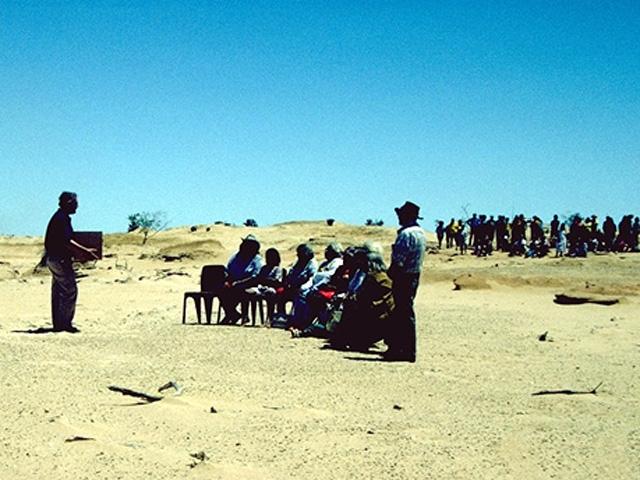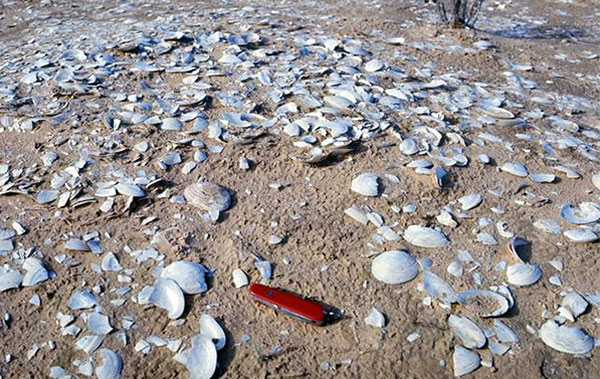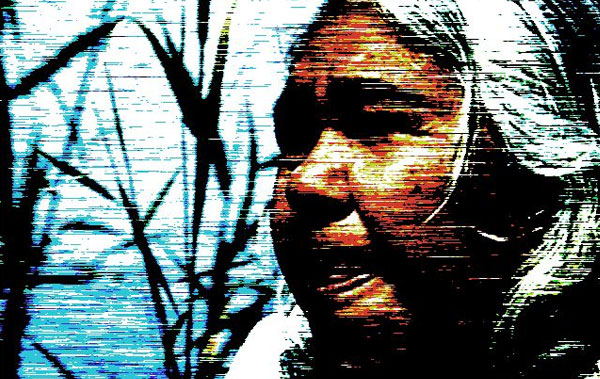The study of history in the new [Australian ACARA] curriculum begins in primary school with … an approach that relates people and events in the past to children’s personal experiences.
The history of Aboriginal and Torres Strait Island people is contextualized within the development of Australia as a multicultural society. Year 3 children (8–9 years) begin with cultural events such as NAIDOC Week and other cultural celebrations and commemorations. Year 4 children (9–10 years) study the impact of European exploration and colonization on Aboriginal and Torres Strait Islander peoples up to the early 1800s.

Here the focus is on developing awareness and empathetic understanding of different people’s experiences of colonization rather than addressing sensitive or controversial issues. In Year 6 children (11–12 years) examine the contribution of individuals and groups, including Aboriginal and Torres Strait Islander people and migrants, to the development of Australian society, and people’s experiences of Australian democracy and citizenship, including the status and rights of Aboriginal and Torres Strait Islander people, migrants, women, and children. (p 93)
The history of Aboriginal and Torres Strait Island people is contextualized within the development of Australia as a multicultural society. Year 3 children (8–9 years) begin with cultural events such as NAIDOC Week and other cultural celebrations and commemorations. Year 4 children (9–10 years) study the impact of European exploration and colonization on Aboriginal and Torres Strait Islander peoples up to the early 1800s. Here the focus is on developing awareness and empathetic understanding of different people’s experiences of colonization rather than addressing sensitive or controversial issues. In Year 6 children (11–12 years) examine the contribution of individuals and groups, including Aboriginal and Torres Strait Islander people and migrants, to the development of Australian society, and people’s experiences of Australian democracy and citizenship, including the status and rights of Aboriginal and Torres Strait Islander people, migrants, women, and children. (p 93)

The inclusion of [some difficult topics] in the Australian Curriculum: History has made it necessary for non-indigenous teachers to have accurate information on Aboriginal and Torres Strait Islander knowledge when it comes to teaching Australia’s history.
Teachers are required to be well informed about Indigenous people’s cultural knowledge, especially ‘difficult’ topics, such as massacres and the forced removal of children from families, to ensure these perspectives are presented in a sensitive and respectful way. The Australian Institute for Teaching and School Leadership (AITSL), the body responsible for setting national standards for the accreditation of teachers, is aiming to improve deficiencies in teachers’ professional knowledge in this area by requiring all graduate teachers to ‘demonstrate broad knowledge and understanding of the impact of culture, cultural identity and linguistic background on the education of students from Aboriginal and Torres Strait Islander backgrounds’ (AITSL, 2014). As a result, all tertiary pre-service teacher education courses are required to provide mandatory courses in Aboriginal and Torres Strait Island studies from 2015. (pp 95-6)

Changing the way we think about Australia’s ancient past
[Since 2012] ‘Ancient Australia’ has been included at a national level in the curriculum. It is a watershed topic that prompts a significant shift in thinking away from the ‘rise of civilizations’ meta-narrative that until recently has dominated Australian history teaching … it reworks the story of human habitation of the continent and acknowledges the diverse and continuous occupation by Aboriginal and Torres Strait Island people before British colonization.
By resetting the starting point at 50,000 years ago rather than at 1788, the topic challenges the nineteenth-century narrative of linear progress from nomadic Palaeolithic hunter-gatherers to modern industrial societies. What some non-indigenous teachers might consider ‘traditional’ or ‘correct’ interpretations of Australian history, particularly what they themselves learned at school or during their teacher training, is now recognized as insulting to Aboriginal and Torres Strait Island people.

As previously mentioned, the debate over ‘invasion’ or ‘settlement’ is one example of Australia’s contested history; the … the debate over the human occupation of the continent is another. Most people accept the Western scientific view that Indigenous people came to the continent via South-East Asia around 60,000–50,000 years ago. However, some Aboriginal and Torres Strait Island people consider themselves to be autochthonous [that is, they originate from within their own country]. By using the process of historical inquiry, teachers can work with students to examine scientific and archaeological evidence from sites like Lake Mungo to discuss the different interpretations of how and when Aboriginal and Torres Strait Island people arrived in Australia, keeping in mind that their cultural knowledge and perspectives must be acknowledged. (pp 98-9)

Cultural Infusion, as a part of Learning Lands, offers the full program of Mungo Explorer. Mungo Explorer is a cross-disciplinary program that incorporates indigenous history, culture, and the environment – a body of curricula resources collated together directly from Jim Bowler’s work at Lake Mungo – an undertaking of some 40 years. Students learn about the ancient geological cycles and climatic changes that took place in Australia some 40,000+ years ago. Read Jenny’s personal experience of Lake Mungo above.
